I am currently reading the Microservices Patterns and it says there are mostly two approaches for distributed transactions: two phase commit (2PC) and sagas pattern.
Also, I've heard about currently evolving Distributed SQL (DSQL) tools like CockroachDB, YugabyteDB and YDB, which also support distributed ACID-like transactions via their own low-level db nodes communication.
So the question is, could the latter be applied as an alternative to the former ones?
To illustrate the question, consider the following typical microservices distributed transaction sample. Here we need 2PC or sagas for the red zone coordination.
What I want would be to completely eliminate the need to develop and support coordination from the business logic side moving it to the general DSQL engine:
On the one hand, it is clear that such approach somehow breaks the microservice's responsibility segregation principle. Also, as far as I understand, DSQL tools evolved mostly for replication/sharding tasks, and not for the microservices' business logic coordination. On the other hand, it would very much simplify developing and supporting such solutions.

